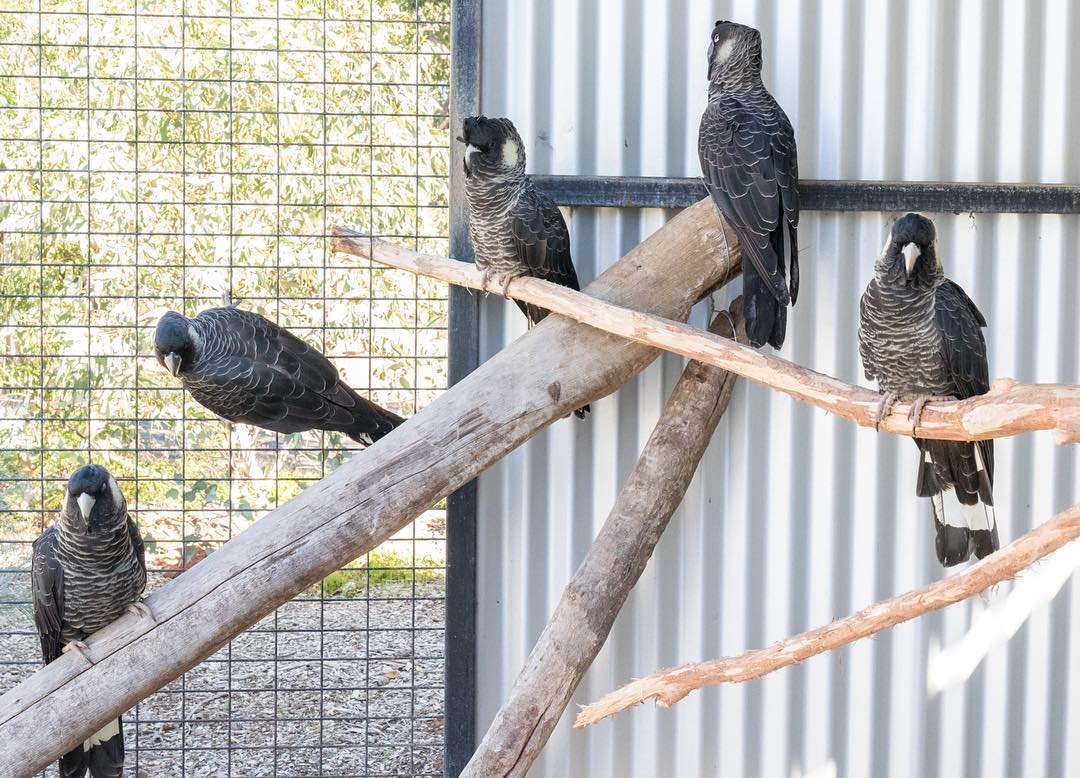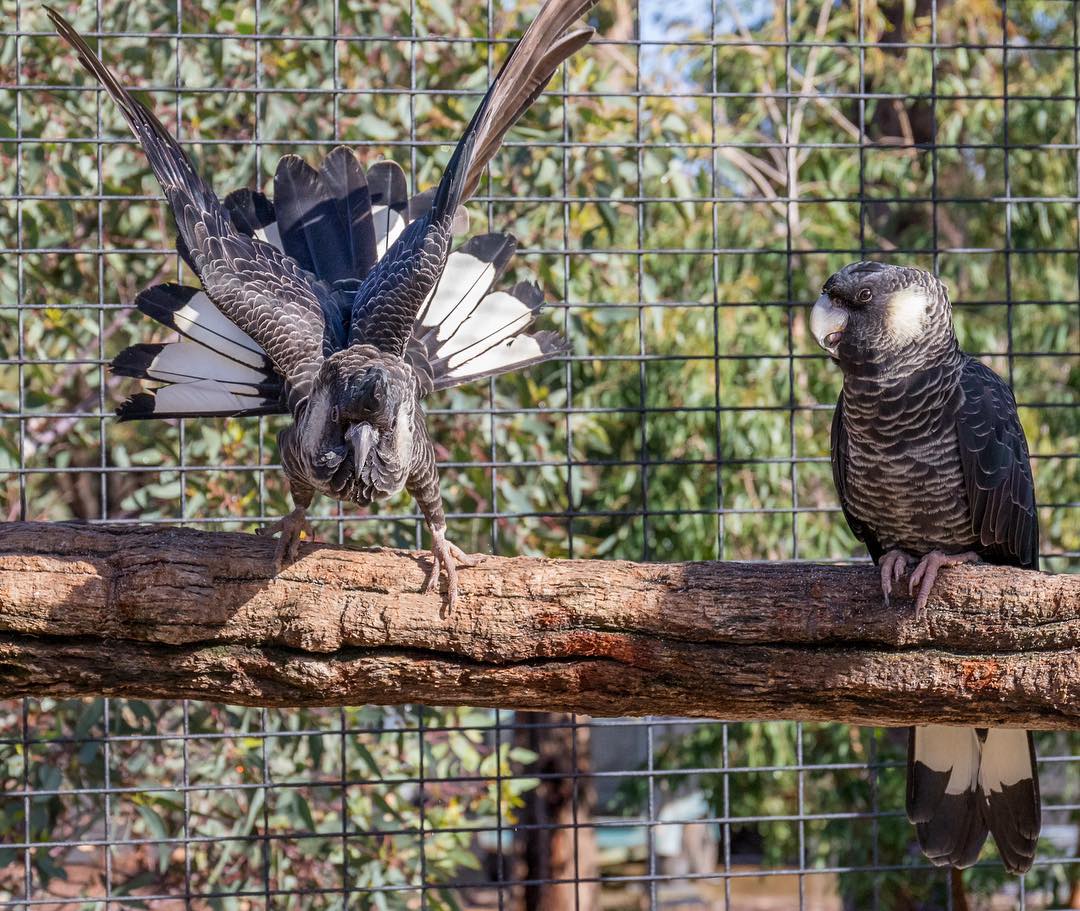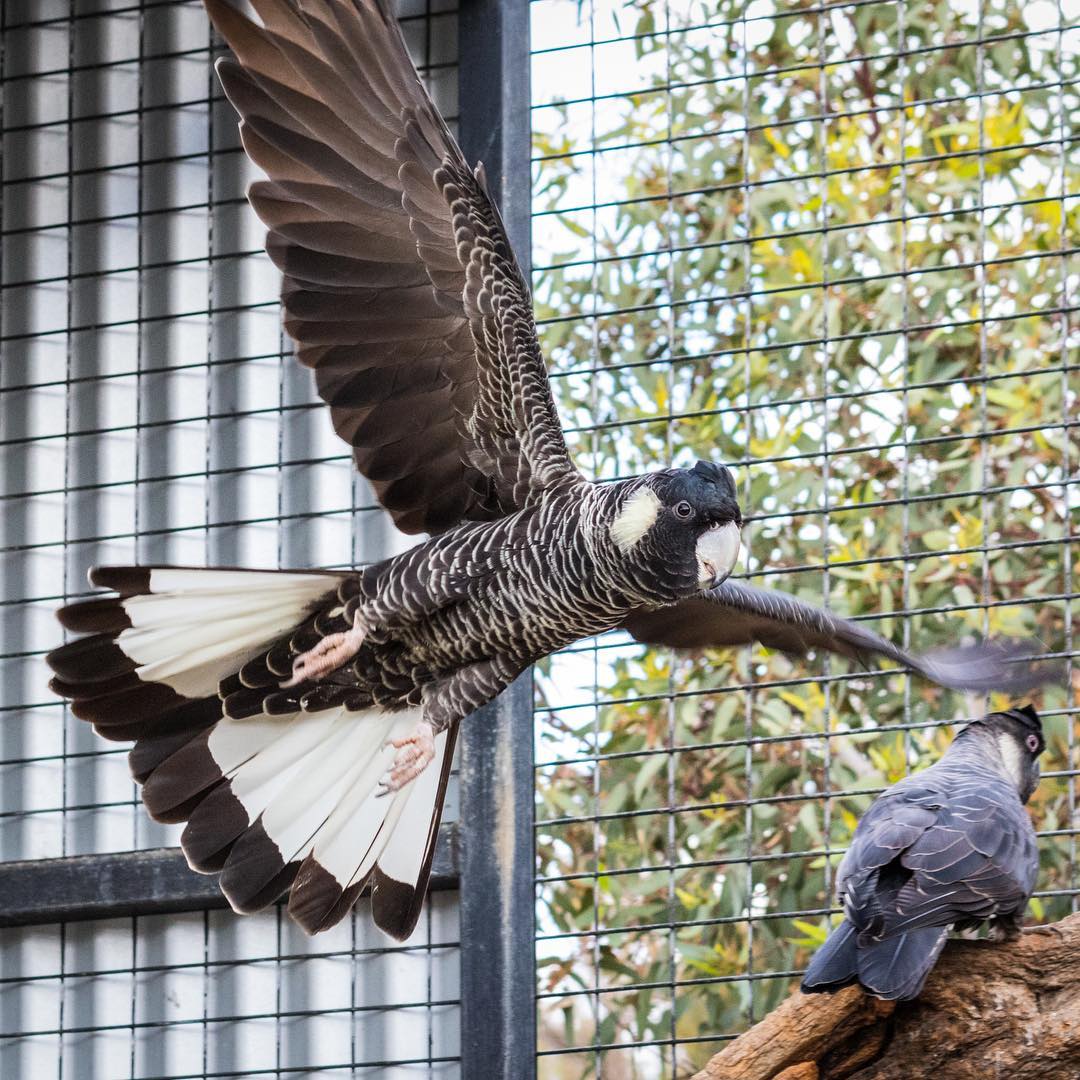Subtotal: $2,200.00
Description
White-Tailed Black Cockatoo
White-Tailed Black Cockatoo, also know as Calyptorhynchus latirostris are adorable parrots. Between the 1970s and 1990s, the species disappeared from over one third of its range, with both local extinctions and reduced density in occupied areas, although it has recently been expanding into partially cleared forest habitat along the western fringe of its former range. This species is listed as Endangered as it is assumed that the extensive loss of feeding and breeding habitat has resulted in a very rapid, and continuing, decline over three generations (45 years). White tail cockatoo parrots.
Species of White Tail black Cockatoo
There are two species of white-tailed black cockatoo – Baudin’s Cockatoo and Carnaby’s Cockatoo – that are endemic to the south-west corner of Western Australia. They form a very conspicuous part of the avifauna, with their large flocks and their distinctive wailing calls. Baudin’s Cockatoo Calyptorhynchus baudinii was named in honour of the French explorer Captain Nicolas Thomas Baudin (1754-1803) by Edward Lear, an ornithologist and illustrator, at the British Museum in 1832. Baudin visited Western Australia in early 1801 and the type specimen probably came from the vicinity of Cape Naturaliste. Carnaby’s Cockatoo Calyptorhynchus latirostris was named in 1948 after Ivan Carnaby, a Western Australian naturalist.
The two species are very difficult to tell apart, especially in the Perth hills area where both species regularly occur and sometimes feed and roost close together. Their bill size and shape and their different contact calls are the most reliable means of identification. Baudin’s Cockatoo has a long, narrow upper bill and makes a short “whicha-whicha” and “bunyip-bunyip” flock call whereas Carnaby’s Cockatoo has a short, thick upper bill and has a longer “weeeloo-weeeloo” flock call.
Both species are listed as ‘Endangered’ and both have suffered a substantial decline in numbers and breeding distribution in the past fifty years. Direct causes of population decline include land clearing and fragmentation of habitat (especially in the Wheatbelt for Carnaby’s Cockatoo), the loss of food trees and hollow-bearing trees (veteran and stag trees over 230 years of age), large numbers shot by orchardists (illegal shooting mainly with Baudin’s Cockatoo) and the impact of hollow competitors including the Galah, corellas and the feral European honey bee. Since European settlement in Western Australia around 90% of the original vegetation in the south-west has been cleared for agriculture, cities and towns, mining and timber production. The region is now a severely fragmented landscape and the loss of remnant vegetation, the lack of regeneration, the changing fire regimes, lack of suitable breeding sites, competition with exotic species and climate change all exacerbate the future conservation of cockatoos in this region. Roleystone residents are indeed fortunate in having both of these endangered species as regular visitors to the neighborhood.





Reviews
There are no reviews yet.